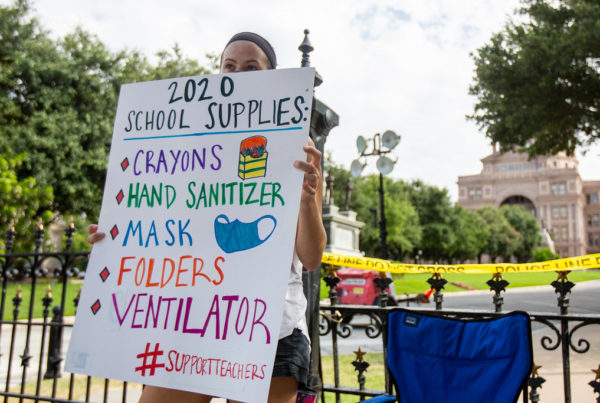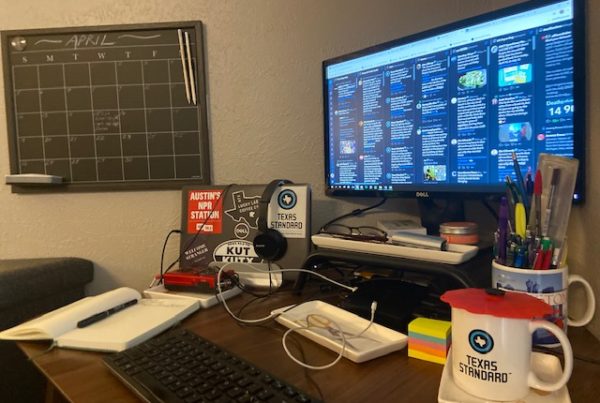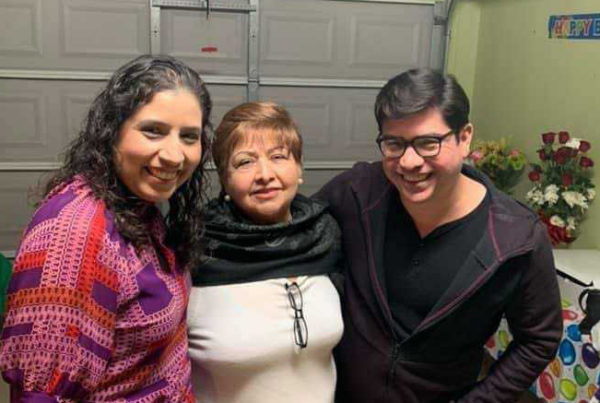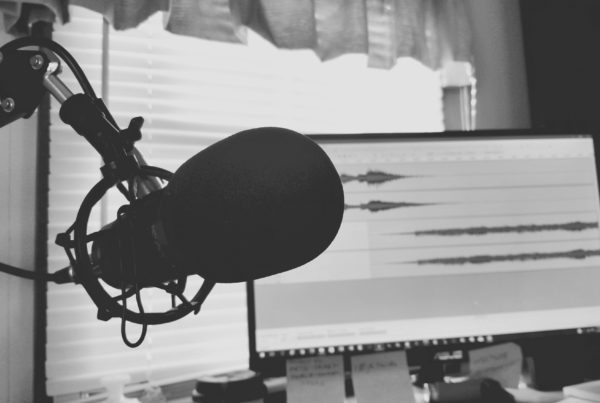From KTTZ:
Since the start of June, Lubbock’s number of COVID cases has more than tripled. Tuesday night, the active case count surpassed 2.000. That’s making the workload hard for Lubbock’s contact tracers. Contact tracers are critical to stopping the spread of the virus. They’re basically like stalkers – tracking down who may have come in contact with a COVID positive person and following them through the process.
Before the pandemic arrived in Lubbock, Emma Hightower was a city employee working with victims of substance abuse. Once she couldn’t do face-to-face work, her workload dried up and she willingly transferred to a job tracking the virus.
“It’s all kind of hands on deck over here,” she said, “because a lot of measures for our other jobs have been suspended.”
Hightower is one of around 30 full-time contact tracers in the city. The health department also tapped school nurses and Lubbock Power and Light employees to help take on some of the virus tracking workload.
Hightower has been in this role since the first COVID case appeared in Lubbock, nearly four months ago. She’s settling into her new role but has found that the job comes with obstacles and a lot of phone calls.
“A lot of people have a setting on their phone where they turn off unknown calls, because a lot of people get a lot of spam calls. I get it,” Hightower said.
At any given time, Hightower is assigned between 30 and 50 cases – these are individuals she has to touch base with every couple days to monitor their symptoms and advise them on whether or not they need to quarantine. She also has to keep track of the people they came in contact with. Sometimes the biggest challenge is just relying on people to follow her instructions.
“At the end of the day you can’t make anyone do anything,” the contact tracer said. The city can’t assign a person to sit outside of every household. So, she says, they just have to believe what the person says—even when it’s clear they’re not being honest.
“Those contact tracers have a tough job,” said Katherine Wells, the city’s director of public health. “They call people and hear ‘we just took them to the hospital,’ or they talk to someone because their mom just died. It’s a tough job.”
The rising numbers in Lubbock have made it difficult for contact tracers to meet their goal of completing cases within 24 hours. Ideally, they would contact people who may have been exposed within a day. But right now, they’re averaging two-and-a-half days. “The biggest obstacle right now is volume,” Wells says. “We were doing really well when we had 20 or 30 cases a day.”
Then came the June outbreak and Lubbock reported more than 100 new cases in a single day.
If the numbers rise to 200 to 300 a day, Wells doesn’t know how they could §x trace contacts. “It just gets to be a lot. A hundred is really about maximum.”
The city came close to that last week when it recorded 184 new cases in a single day.
The high volume of cases has caused a backlog in information going out to the public concerning how the virus has spread. The city’s data shows over 1,400 pending cases. With so many positive cases coming in, they aren’t able to spend as much time with each case as they would like. “We end up having to push through them a lot quicker,” Wells said.
The department is working to shift more administration staff to help with logging data so the contact tracers can get back to a 24-hour turnaround.
That turnaround time is the most effective, according to Wells, to make sure people are isolating – especially when they’re most infectious.
“We often see those people that we put in quarantine develop symptoms. If they’re in quarantine when they develop symptoms, they’re not infecting anyone else.”
And here’s what frustrates her. “I hate when I hear people say this is all a hoax. This is real. We’ve seen people get really sick. We’ve seen people recover. We’ve seen people die.”
Contact tracer Emma Hightower has a message she wants to share from her front-row view of the coronavirus.
“It’s important to realize that even if you’re young, you’re healthy, you can still get sick,” she said. They’ve seen a lot of young people get sick recently. “But even if you don’t get that sick, it’s important to consider and understand that you could be fine but another person it could knock them out really quickly.”















